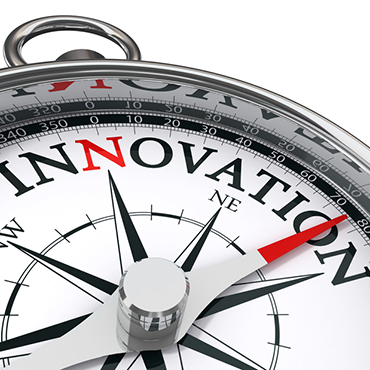NASA ups ante on crowdsourcing patents

NASA now has 35 patents on its Marblar page, where it invites the public to propose practical applications of the agency's technology.

Over the decades, NASA technologies were designed to hurl astronauts into space and develop satellites with pinpoint precision. But off-label uses have led to advanced medical ultrasound, camera phone enhancements and commercial airline improvements.
In October 2013, NASA posted 14 patents on the crowdsourcing site Marblar to facilitate more innovation through collaboration by the space program, industry and individuals. NASA now has 35 patents on its Marblar page and has welcomed practical applications of its technology.
Daniel Lockney, NASA's technology transfer program executive, said that although the agency always has a specific reason for developing a technology, it doesn't always realize all the different ways that technology might be applied.
"That's why we've worked with the company Marblar to help us to tap into the untapped cognitive surplus that exists in the world," he said.
For instance, NASA engineer Fred Schramm developed a two-component method for identifying and verifying objects. It uses an X-ray fluorescent inspection and a visual readout to identify objects. Marblar users have floated ideas for applying it to detecting counterfeit prescription drugs, among other uses. They also suggested using NASA's method of storing ultra-low-temperature fluids to store tissues for biomedical research.
Of about 11,000 U.S. patents filed by academia in 2013, less than 5 percent were commercialized, said Dan Perez, founder and CEO of Marblar.
"There's a big gulf between turning science that's happening all around us at all the universities in the U.S. into new products," he added.
According to NASA, parties not affiliated with NASA filed more than half of the 2,100 active patents that were derived from NASA programs and products in 2013.
"What's exciting about turning science into new products -- and for anybody interested in developing some of NASA's technologies into new products or universities' technologies into new products -- is that when you work with something that's already patented or research that's already been done, you kind of get a running start," Perez said.
NEXT STORY: USDA Talks Telework





